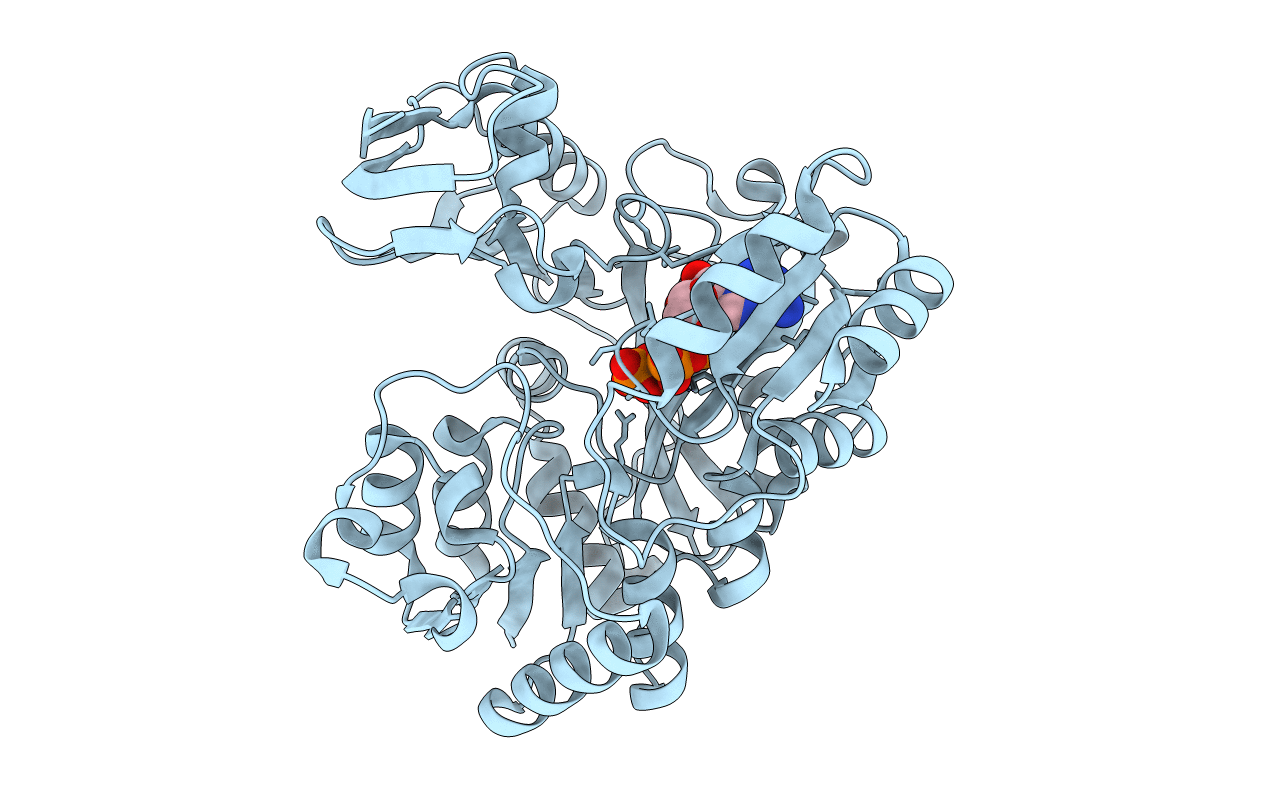
Deposition Date
2013-12-19
Release Date
2014-05-14
Last Version Date
2024-03-20
Entry Detail
PDB ID:
3WNZ
Keywords:
Title:
Crystal structure of Bacillus subtilis YwfE, an L-amino acid ligase, with bound ADP-Mg-Pi
Biological Source:
Source Organism:
Bacillus subtilis (Taxon ID: 224308)
Host Organism:
Method Details:
Experimental Method:
Resolution:
1.90 Å
R-Value Free:
0.24
R-Value Work:
0.19
R-Value Observed:
0.19
Space Group:
P 65 2 2


